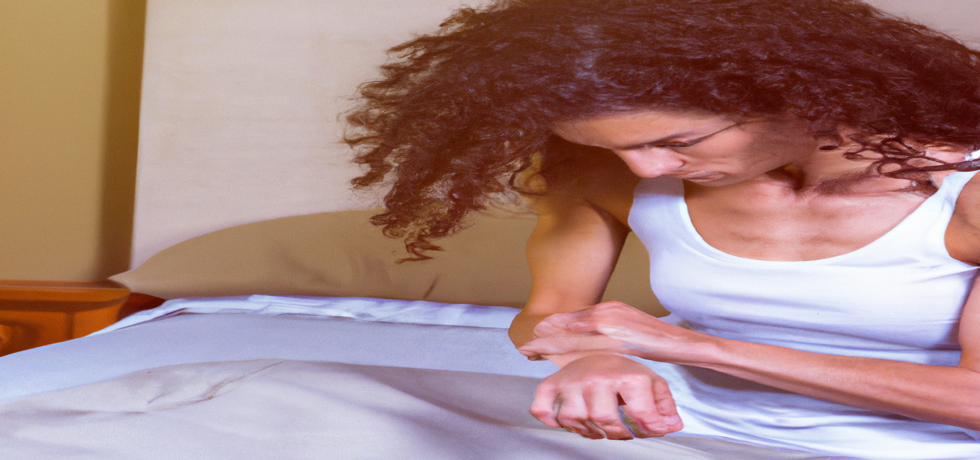
How to Identify, Treat, and Prevent Bed Bug Bites
Understanding Bed Bugs
Bed bugs can be a significant nuisance, leaving behind itchy and uncomfortable bites that can disrupt your sleep. If you suspect that you have a bed bug infestation, it’s crucial to know how to identify their presence, manage the bites they leave, and prevent future occurrences. This guide aims to help you understand bed bug bites and provide effective treatment and prevention strategies.
Identifying Bed Bug Bites
Bed bug bites are often red and swollen, but they can easily be confused with bites from other insects. Typically, they appear in clusters of three to five bites and may be arranged in a straight line or a zigzag pattern. The bites usually take time to show up, and symptoms can develop anywhere from a few hours to a couple of weeks after the initial bite. Familiarizing yourself with the appearance of bed bug bites is essential in identifying an issue early and seeking proper treatment.
Recognizing Signs of Bed Bugs
Besides bite marks, other signs indicate a bed bug infestation. Look for small brown or rust-colored spots on sheets or mattressesthese are often remnants of blood or feces. Additionally, shed skins and a sweet, musty odor can signal that these pests are present. Being vigilant can help catch an infestation before it escalates.
Treating Bed Bug Bites
While bed bug bites are not dangerous, they can be irritating and may lead to skin infections if scratched excessively. Heres how to effectively manage bed bug bite symptoms:
- Clean the affected area with soap and water.
- Apply over-the-counter corticosteroid cream or calamine lotion to alleviate itching and inflammation.
- If the itching persists, consider taking an oral antihistamine for relief.
- Consult with a dermatologist if you notice severe reactions or signs of infection, such as red streaks, pus, or swelling.
Remember, timely treatment is key for quicker recovery and to prevent secondary infections.
Preventing Future Bed Bug Infestations
Prevention starts with being proactive. Bed bugs can hitch a ride on clothing and luggage, especially when traveling. Here are practical preventive measures to keep them at bay:
- Avoid placing luggage on beds or upholstered furniture when traveling; use hard surfaces instead.
- Inspect your accommodations thoroughly upon arrival, focusing on mattress seams and behind headboards.
- When returning home from travel, inspect and vacuum your luggage and garments before bringing them inside.
- Consider using protective covers on mattresses and box springs to deter bed bugs.
By staying vigilant and following these practices, you can significantly reduce the risk of encountering bed bugs.
When to Seek Professional Help
If you discover signs of an infestation, its best to consult with a pest control professional for effective elimination. They have the experience and tools necessary to address the problem thoroughly, ensuring your home is free from these pesky insects. Remember, it’s important to act swiftly to prevent further spread and discomfort.
FAQs on Bed Bug Bites
1. Can bed bugs transmit diseases?
No, bed bugs do not transmit diseases, but their bites can lead to allergic reactions and infections from scratching.
2. How can I reduce itching from bed bug bites?
Use calming lotions, apply cold compresses, and take antihistamines to alleviate the discomfort.
For professional assistance and expert advice from leading dermatologists like Dr. Hital Patel, experience the benefits of How to Identify, Treat, and Prevent Bed Bug Bites with Hair & Skin Specialist Dr. Hital Patel at The Skin Artistry. Our clinics in PDPU Gandhinagar, Vastrapur Ahmedabad, and Hyderabad (Visiting Consultant) offer top-quality care and personalized treatments. Visit us today to learn more about our services and take advantage of our special offers! For more insights, updates, or to collaborate, stay connected with The Skin Artistry.

